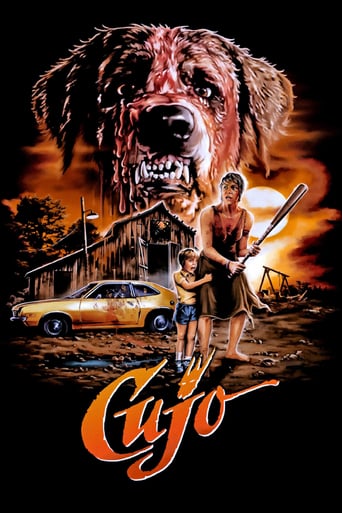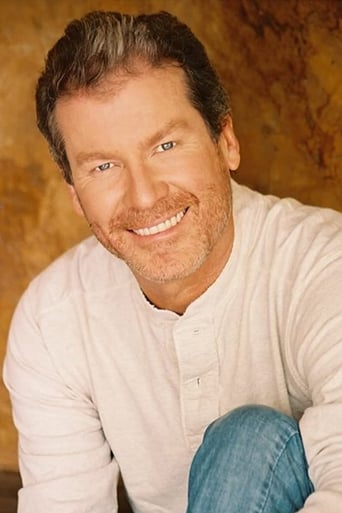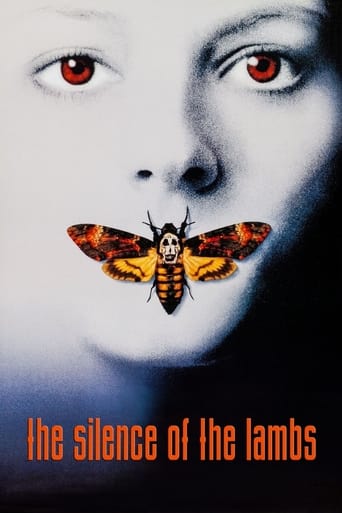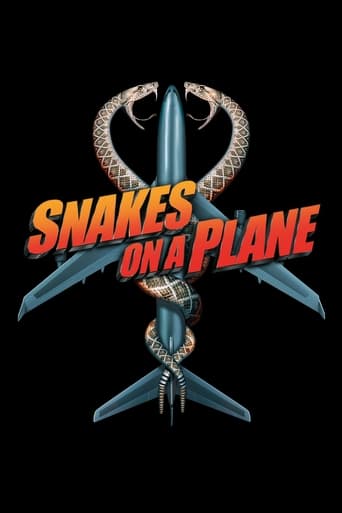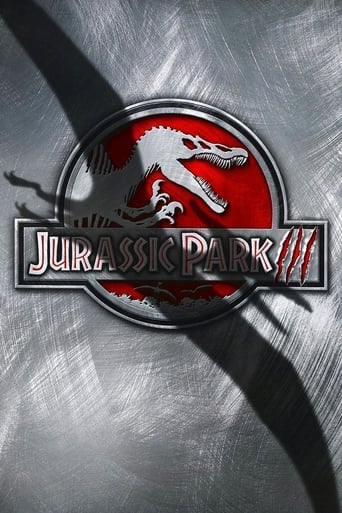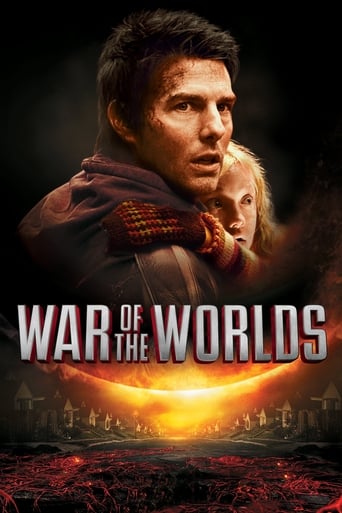Cujo (1983)
A friendly St. Bernard named "Cujo" contracts rabies and conducts a reign of terror on a small American town.
Watch Trailer
Cast
Similar titles
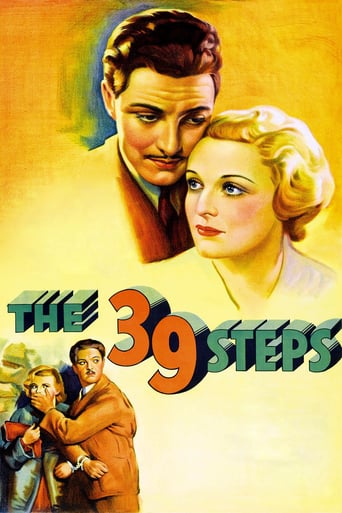
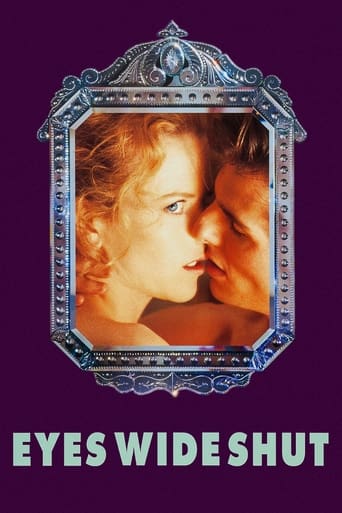
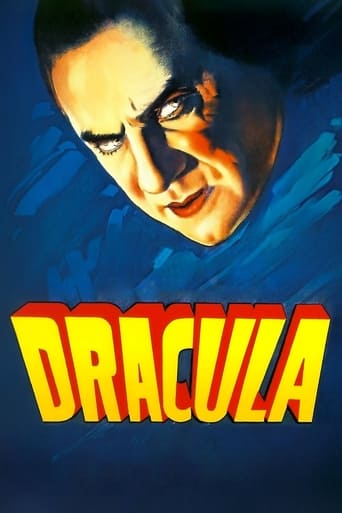
Reviews
This is a tender, generous movie that likes its characters and presents them as real people, full of flaws and strengths.
Like the great film, it's made with a great deal of visible affection both in front of and behind the camera.
This is a coming of age storyline that you've seen in one form or another for decades. It takes a truly unique voice to make yet another one worth watching.
Very good movie overall, highly recommended. Most of the negative reviews don't have any merit and are all pollitically based. Give this movie a chance at least, and it might give you a different perspective.
The novels of Stephen King provided the basis for a number of horror films that ranged from rather good (FIRESTARTER; THE DEAD ZONE; CHRISTINE) to absolute masterworks (CARRIE; THE SHINING). One adaptation that flew under the radar screens of even the most devoted fans of the horror genre (as well as a few critics) was CUJO, based on King's 1981 novel of the same name, and released in the late summer of 1983. Part of it could be that the story itself was considered a bit thinner than what most were used to from King as a novelist. Nevertheless, in a decade that didn't see too many horror films become masterpieces (and this even applied to later King adaptations like PET SEMETARY and CHILDREN OF THE CORN), even slightly lower-caliber King from the 1980s like CUJO still outdoes even in the 21st century much of what is out there now.Dee Wallace, who portrayed the emotionally distant mother in director Steven Spielberg's 1982 sci-fi masterpiece E.T.: THE EXTRA-TERRESTRIAL, plays more or less a similar role in CUJO, a frustrated suburban wife in a northern California town whose life has become a subject of turmoil; she has had an affair behind her husband (Daniel Hugh-Kelly) with another man (Christopher Stone); and her five year-old son (Danny Pintauro) is troubled by these issues which he is much too young to even begin to comprehend. Elsewhere in town, another young boy (Billy Jayne) has other issues coping with youth, and his only real "friend" in the world is his St. Bernard dog Cujo. Unfortunately, what nobody yet knows is that Cujo is the victim of a horrible encounter. In the film's opening, Cujo chases a rabbit into a hollowed-out, rotten log, only to get bitten on the nose by a bat infected with rabies. When Wallace and Pintauro stop off at the local garage where Cujo is kept, their car breaks down; and very soon, they are viciously attacked by the unfortunate St. Bernard. They are trapped in the broken-down car for much of the hot summer day, the target of Cujo's wrath.Lewis Teague, who directed the 1979 Dillinger-inspired THE LADY IN RED, and the 1980 cult horror film ALLIGATOR, does an effective job of conveying small-town life in this, the first of King's adaptations to be set in his fictional community of Castle Rock. The major issue that he faces in directing this film is how he depicts Cujo's attacks, which in the novel were not surprisingly quite a bit more explicit, and how sympathetic one can be towards a St. Bernard who slowly but surely evolves into a vicious killer with teeth. This becomes a prime focus when it is perfectly obvious how well Wallace and Pintauro connect as mother and young son. A basic clue can be gleaned from the fact that Cujo's horrifying transformation from loving St. Bernard to irrational mauler isn't fast or easy. Another issue, though more minor, is how Teague can keep up the suspense once Wallace and Pintauro find themselves trapped in their car at the hands of Cujo. Since the attacks can't be depicted with such relentlessness, but must be spaced at intervals, as was the case in Alfred Hitchcock's 1963 horror classic THE BIRDS, the film inevitably slows down at times; and horror film fans impatient for the blood and gore to start pouring are likely to find all of this boring. But astute fans of the genre know that it's far better to do it this way.While King is often known for situations involving horror of some kind, primarily supernatural (though not really here), he also has a firm eye for characterizations; and Teague and screenwriters Dunaway and Currier take their cue from that aspect of King, while not leaving out the horror (though the attacks themselves, while plenty horrifying, aren't revoltingly graphic). The film's on-location settings in areas around Petaluma and Santa Rosa gives the Castle Rock an idyllic but also sometimes claustrophobic feel, which is enhanced and intensified once Cujo becomes a killer.In the end, CUJO, while not quite a masterpiece on the level of either CARRIE or THE SHINING, must still be counted as one of the better horror films, thanks to the emphasis on characterization and suspense, and not just on blood and gore, while providing plenty of scares. Not many horror films in the 1980s did that, and even fewer would do so in the decades to come, and on into the 21st century.
A tense standoff between two carbound people and a rabid St. Bernard is the fulcrum of this well-acted, beautifully shot yet unsatisfying adaptation of a minor Stephen King novel.Donna (Dee Wallace) and her son Tad (Danny Pintuaro) are the humans trying to stave off the title character, a dog which, infected by a bat bite, has now entered shaggy Terminator status. Before we get there, though, we get some business involving Donna's problematic marriage and Tad's fear of the unknown."There's no such thing as monsters," Tad is told by his patient pa, Vic (Daniel Hugh-Kelly). "Only in stories." Especially Stephen King stories, unfortunately.The root of the problem for the film "Cujo" is the source material. Written by King in the throes of alcoholism, "Cujo" the novel was a largely formulaic endeavor enlivened only by King's storytelling abilities and his sneaky social commentary about commercialism run amuck in a world of lost values. It's a work of craft rather than imagination, with a downbeat ending King himself encouraged the film's producers to jettison.Unfortunately, the constraints of the film also required them to jettison the parts of "Cujo" that might have made an audience care. Vic is an advertising executive whose major breakfast cereal account is undone by too much red dye in the product, causing children to vomit red. "Nothing wrong here" is the cereal company's tag line, which in the novel becomes a motif for what happens when the unexpected invades our comfy lives.But this isn't the book, and so here you have only nods in the direction of the cereal issue and Donna's left-field affair with a hirsute handyman (Christopher Stone, Wallace's real-life husband) before moving on to the dog attacks which is the film's reason for being.Director Lewis Teague tries setting up a backstory in the limited time available to him, yet the whiffs of subplot wind up fluttering loose ends. Instead, you are left with the standoff for the latter half of the film. Much of the focus here is on the woman and her child, who cries and then suffers an asthma attack. Did Tad always have this condition, and if so, why isn't it mentioned beforehand?Teague was more focused on the dog, and on his star, Wallace, who gives a fine account of a person trying to manage under great stress. Her often-harrowing scenes with Pintuaro work surprisingly well, but seeing them cooped up in her crapped-out Ford Pinto (adding new meaning to the term "unsafe at any speed") while Cujo either bides his time or leaps at the windows whenever noise sets him off becomes an unintended ordeal in tedium.I really love the work of cinematographer Jan de Bont, who keeps us in suspense even when the screenwriters (helped by an uncredited King) provide little real action. De Bont, along with the acting, does a great deal to ground us in the reality of the moments, such as they are."Cujo" is a horror movie only in the broadest sense, though, with sudden scares in place of catharsis. Too much attention is paid to showcasing Wallace. One scene features her smashing a window with a revolver as she lets out an enormous scream, a bit rendered silly in slow motion.The movie doesn't so much end as run out of time and ideas, with a final sequence that culminates in an unrealistic attack followed by a freeze-frame shot with soaring music that, like so much of the score, feels goofy and trite. The effort at emulating John Williams' "Jaws" score is "Cujo" the movie's most glaring weakness.The book ends in a decidedly different way, and I feel strongly that the movie, for all its faults, does better here at least. But by taking an already somewhat-denuded King story and making it even slimmer in terms of human interest, "Cujo" can't help but be a let-down, a would-be satire of commercialism that winds up being too commercial itself.
1983 was a bit of a bumper year for cinematic versions of Stephen King novels. In that year alone we had Christine and The Dead Zone as well as Cujo. It would probably not be unfair to say that Cujo is the least good of the three but in all honesty there isn't a great deal in it, with all being pretty effective and nicely varied horror films. Out of those three, and unlike most King horror films in general, Cujo is not a supernatural horror movie and is based on a plausible idea. A woman and her young son become trapped in their broken down car in a remote junkyard when a St. Bernard dog, made rabid by a bite from an infected bat, lays siege to their vehicle in a murderous mood.This one could be described as a high concept movie given the very basic nature of its set-up. In order to pad things out to feature length and to add some depth, we have quite a bit of character development in the first half of the movie, which focuses mainly on a dysfunctional family and the dramas that surround them. Once the action moves to the junkyard though, most of this is largely forgotten and the film essentially becomes an 'animal-attack' horror-thriller. Dee Wallace does some good work as the mother who has to deal with the trauma while having to comfort her young son, who it has to be said is involved in some pretty intense looking scenes which may have been quite full on for the young actor involved. But the scary scenes were often achieved by very clever editing, after all a St. Bernard is hardly the most threatening of beasts to base a horror movie on. The fast and clever edits do make this creature seem genuinely menacing. Less successful though was the soundtrack which compromised of a considerable amount of really terrible music which would have been better suited to a daytime TV melodrama than a suspenseful and thrilling feature film. But on the whole, this is a pretty decent and lean effort that gets the job done quite effectively.
As a Stephen King adaptation, this movie's horror doesn't rely on evil demons, wicked clowns or fairy dust - it's something that could actually happen, and that's what's so powerful about it. I recall reading the novel many years ago and the film managed to stay relatively close to the narrative as far as I can tell since it's been so long.With the backdrop of young Tad Trenton's (Danny Pintauro) fear of going to sleep at night because of the monster in his closet or under the bed, his nightmare is realized when the family car stalls out in a back-woods mechanic's repair yard, abandoned by the owner and his family for extracurricular activities of their own.What follows is a harrowing ordeal that tests the limits of one woman's (Dee Wallace) endurance to keep her young son and herself safe from annihilation. The terror doesn't let up after 'Cujo' makes his first Jaws-like appearance until Donna Trenton takes her broken bat swing in the top of the ninth with no survivors left on base. Even then, there's one final surprise left before Cujo finally goes down for the count.I'd have to say that the make-up folks working on the assortment of St. Bernard's used in the filming did a stand-out job. As the animal became more and more vicious, the caked on blood and gore turned Cujo into one hideous beast. When he rammed the Trenton's car with his head, it's a wonder he didn't knock himself out, one of the more brutal occurrences in this tale of a rabid dog on a rampage.
